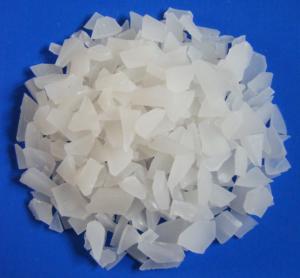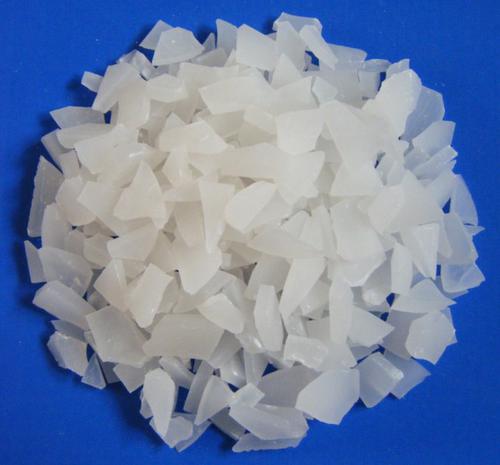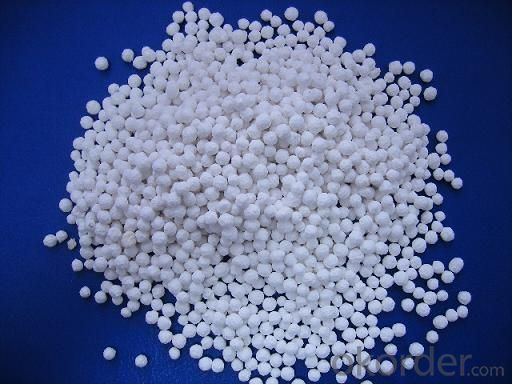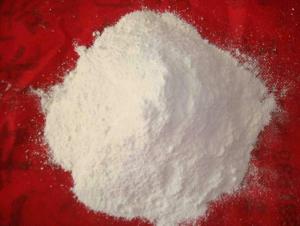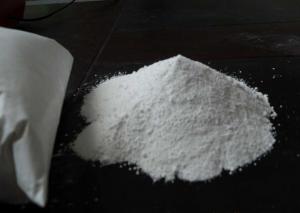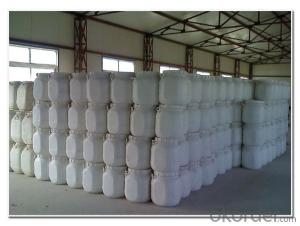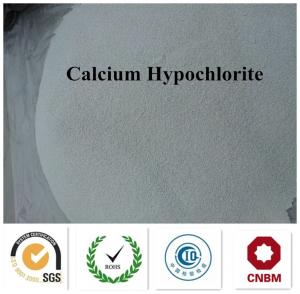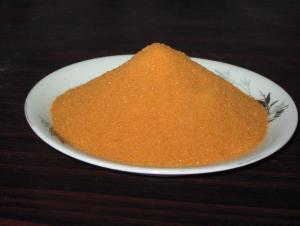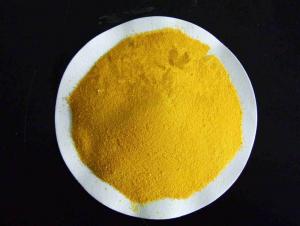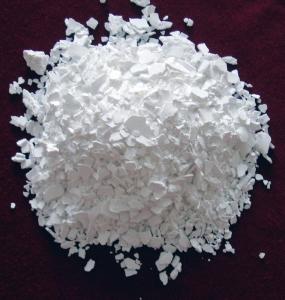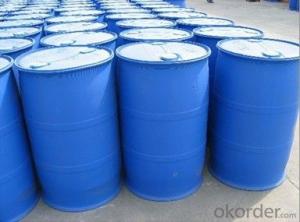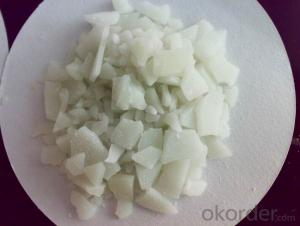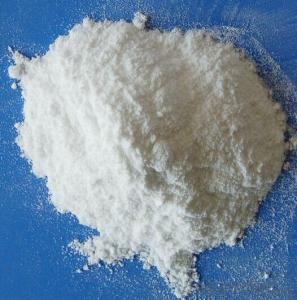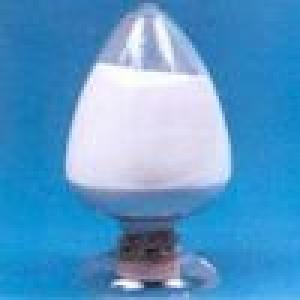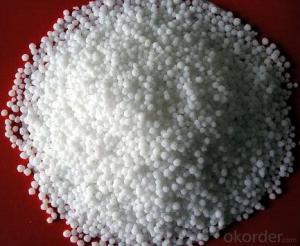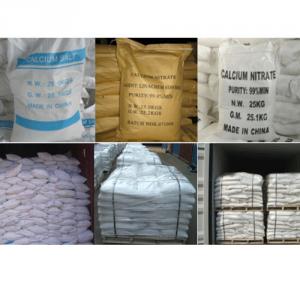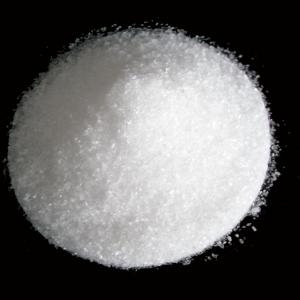High purity Paper making Water purifying Aluminium Sulfate
- Loading Port:
- Tianjin
- Payment Terms:
- TT OR LC
- Min Order Qty:
- 20 m.t.
- Supply Capability:
- 6000 m.t./month
OKorder Service Pledge
OKorder Financial Service
You Might Also Like
Aluminium Sulphate
Property:
It is white or grey flake,particle or massive crystallization.Apt to cake after moisture absorption when laid in air for a long time.A little green because of Fe2+ ,yellow when Fe2+ is oxided to Fe3+.Soluble in water easily,and water solution is acid.
Specification:
Item | Grande | ||
| Excellence | Grade A | Quality |
Apperance | White flake,lump,granular or powder | ||
Al2O3 % ≥ | 17.00 | 16.00 | 15.80 |
Fe % ≤ | 0.005 | 0.005 | 0.01 |
PH ≥ | 3.0 | 3.0 | 3.0 |
As % ≤ | 0.0005 | 0.0005 | 0.0005 |
Water Insoluble % ≤ | 0.1 | 0.2 | 0.3 |
Packing | PP/PE,50KG or 25KG/BAG | ||
Applications:
Water effluent treatment system It's used for purification of drinking water and wastewater treatment by settling of impurities by means of precipitation and flocculation.
Paper Industry It helps in sizing of paper at neutral and alkaline pH, thus improving paper quality (reducing spots and holes and improving sheet formation and strength) and sizing efficiency.
Textile Industry It is used for color fixing in Naphthol based dyes for cotton fabric.
Other Uses Leather tanning, lubricating compositions, fire retardants; decolorizing agent in petroleum, deodorizer; food additive; firming agent; dyeing mordant; foaming agent in firefighting foams; fireproofing cloth; catalyst; pH control; waterproofing concrete; aluminum compounds, zeolites etc.
1) Water effluent treatment system
It's used for purification of drinking water and wastewater treatment by settling of impurities by means of precipitation and
flocculation.
2) Paper Industry
It helps in sizing of paper at neutral and alkaline pH, thus improving paper quality (reducing spots and holes and improving
sheet formation and strength) and sizing efficiency.
3) Textile Industry
It is used for color fixing in Naphthol based dyes for cotton fabric.
4) Other Uses
Leather tanning, lubricating compositions, fire retardants; decolorizing agent in petroleum, deodorizer; food additive;
firming agent; dyeing mordant; foaming agent in firefighting foams; fireproofing cloth; catalyst; pH control; waterproofing
concrete; aluminum compounds, zeolites etc.
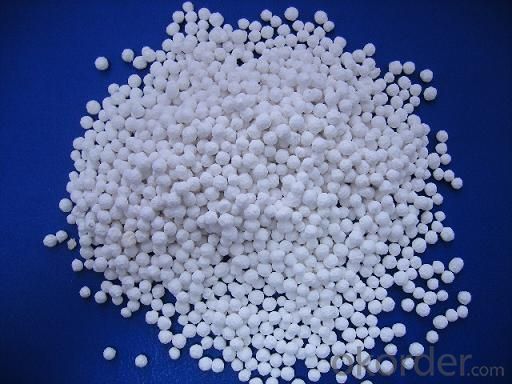
- Q: and what are the kinds of organic compounds?..pls. help me abt. this..thanks!..(^_^)
- Organic compounds are anythng with carbon C in them. Acids or bases can be organic or inorganic depending on if they have a carbon atom in them. Salts result from a reaction of an acid and a base e.g. Sodium chloride NaCL results from a reaction of HCL and NaOH i.e. HCL + NaCL = NaCL + H20. A reaction involving an acid and a base results in a salt and water as shown above. So compounds are organic if they have carbon in them, including the oxides
- Q: What foods contain inorganic salts?
- Most of the food contains inorganic salts, the so-called inorganic salts, also known as minerals or ash. Minerals are naturally occurring compounds or natural elements in the crust. There are about 50 kinds of minerals in the human body, although they in the human body only 4% of body weight, but it is an essential part of the organism. Kelp, jellyfish, seaweed, moss; bones, soy products, lean meat, animal liver, brown rice and so on.
- Q: Inorganic salt of the inorganic salt function
- Although inorganic salts in the cell content is relatively small, but there are many important role. Ca2 + is the animal bone and teeth (containing CaCO3) composition, and blood coagulation and muscle contraction has a regulatory role, if the content is too low, the animal will appear muscle twitch. K + is a variety of enzyme activator, for the plant starch and protein synthesis and animal nerve impulse conduction and muscle contraction also plays an important role. Fe is a component of hemoglobin and cytochrome, and iron-containing enzymes are indispensable when chlorophyll is formed in plants. Another example is Na + for animal heart beat, nerve excitement is indispensable. The various inorganic salts dissolved in the cells have a certain total concentration, such as human body fluid concentration of 0.9%, frogs of 0.65%, which for maintaining cell osmotic pressure, so that cells maintain a certain shape has an important role, too high or Too low will lead to cell due to water or dehydration to change the cell morphology. There are also a number of buffering systems in the body, which are a group which has a neutralizing effect on the added acid or base so that the pH does not change significantly and therefore plays an important role in maintaining the acid-base balance of the cells.
- Q: What is the inorganic salt
- The main sources of various inorganic salts and the lack of the main performance (1) sodium sodium is the main ingredient of salt.China's nutrition society recommended adults over 18 years of age sodium intake of 2.2 grams per day, the elderly should take light food Sodium is commonly found in a variety of foods. The main sources of sodium are sodium, soy sauce, pickled foods, smoked foods, salty foods, etc. (2 Calcium is an important part of bone. Disease, osteoporosis, etc .. China Nutrition Society recommended adults aged 18-50 adult calcium intake of 800 mg per day; 50 years of age in the elderly 1000 mg.General calcium-rich foods are milk, yogurt, Oatmeal, sea cucumber, shrimp, wheat, soybean meal, soy products, lily, etc. (3) magnesium is the necessary elements to maintain the structure and function of bone cells.Magnesium deficiency can lead to nervous tension, emotional instability, muscle tremor and so on. (4) Phosphorus is an important part of the composition of bones and teeth. (4) Phosphorus is an important component of bone and teeth. (4) Phosphorus is an important component of bone and teeth. Severe phosphorus deficiency can lead to anorexia, anemia, etc. China Nutrition Society recommended adults over 18 years of age the appropriate intake of phosphorus is 700 mg. Common phosphorus-containing foods are lean meat, eggs, milk, animal offal, kelp, Nuts, coarse grains. (5) Iron is the most content of trace elements in the human body, iron and the human body's life and its health are closely related to iron deficiency will lead to iron deficiency anemia, immunity decreased. China Nutrition Society recommended 50 years old More than men's or women's iron daily intake of 715 mg. Common iron-rich foods are animal liver, kidney, caviar, lean meat, potatoes, wheat bran.
- Q: I will eat a boiled egg every morning, drink a box of milk before going to bed at night, to stop these things, eat only vegetables?
- Strengthen exercise consumption.
- Q: What are the effects of inorganic salts on plant growth?
- P: to promote the development of seedlings and flowers open, so that the fruit, the seeds mature early. Lack of performance: the plant is particularly short, leaves were green, and purple.
- Q: If you boil down salt to a vapor form and breathe it in, can it kill you? or do you have to mix it with another chemical for it to become deadly. (Or will the vapor be so hot it will burn your lungs)
- The boiling point of salt is incredibly high. Like thousands of degrees Celsius high. If you can actually manage to boil salt I would not recommend inhaling it.
- Q: What are organic and inorganic salts?
- Salt is a mineral from the Earth. Salts similar to iodized are extra munufactured and aren't fully typical. However salts like sea salt have the leat amount of processing. Some say that sea salt is healthier since it's he most traditional state of salt that you could get in mass production. I wolud must agree with them.
- Q: What are the effects of water, inorganic salts, carbohydrates, proteins, fats and vitamins?
- The main physiological functions of minerals: 1. constitute the body of the material. (Such as calcium, phosphorus, magnesium is a bone, an important component of the teeth.) 2. Regulate the physiological function. (Minerals are often enzymes activators.) 3. Participate in the regulation of body fluid balance and maintain the body's acid-base balance.
- Q: therefore indigestible..that I should look for organic plant based trace mineral compounds..anyone care to comment?
- All trace minerals are "inorganic". That's what a mineral is. What the article means is that they are inorganic in the sense that the supplements just have mineral compouds, rather than being derived from a food source. That doesn't make them indigestible, but it can mean they aren't as readily absorbed. Vitamins and minerals are ALWAYS absorbed better when derived from food sources, such as eating a balanced diet, then they are by popping a supplement with a mineral compound in it. But if you need supplements, I don't know if there's such a striking difference between regular mineral supplements or "plant-based" whole food supplements. I don't doubt that whole food plant supplements are probably better, but I don't know that they're better to the degree that it makes the regular supplements "terrible". The best source is STILL diet.
Send your message to us
High purity Paper making Water purifying Aluminium Sulfate
- Loading Port:
- Tianjin
- Payment Terms:
- TT OR LC
- Min Order Qty:
- 20 m.t.
- Supply Capability:
- 6000 m.t./month
OKorder Service Pledge
OKorder Financial Service
Similar products
Hot products
Hot Searches
